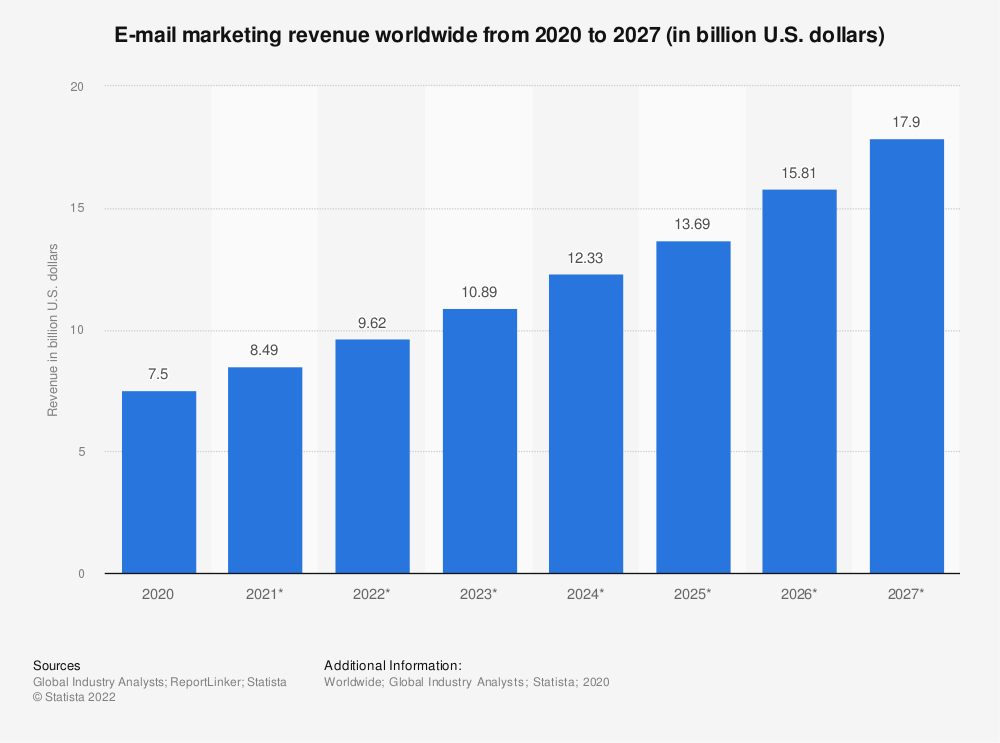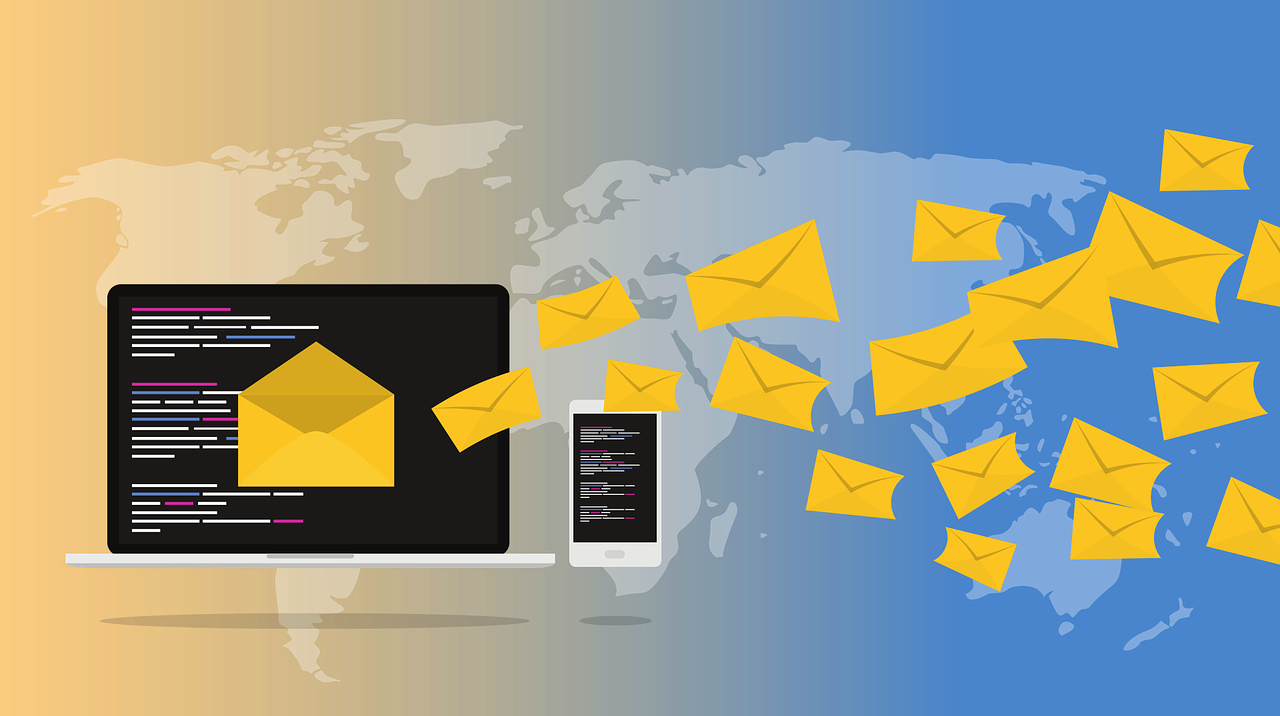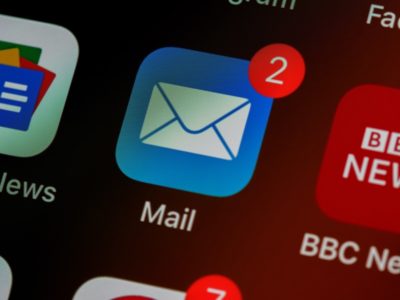Grace Lau, Director of Growth Content, Dialpad
Email marketing is making a comeback, with around 77% of marketers observing increased engagement through email blasts in the last year alone.
This is hardly surprising, given that audiences want to stay in touch with their favorite publishers and brands, and signing up for regular emails is an efficient way of doing that.
Interacting with readers via email establishes direct contact between the brand and consumer. Better yet, once your target audience signs up for monthly or weekly email newsletters, they allow marketers into their trusted space.
It’s different from generic ads or social media advertising, where consumers come across ads they might have little to no interest in.
Email captures are part of a business’ micro-conversion strategy. Micro-conversions are all the activities that lead consumers to make their final purchase.
Savvy marketers focus more on micro conversions because these lead consumers down the sales funnel. Examples are cold calling, which can be done online with a free virtual phone number, video views on social media platforms, ebooks and email captures.

What Is Email Capturing?
Email capture is a marketing tool that grows a business’ audience through email advertising. Capture occurs when the consumer signs up for an offering made by the business.
It can be a monthly newsletter, discount codes, vouchers, exclusive sales or regular updates. Successful email capturing indicates a steady and loyal audience rather than a few scattered sign-ups. Building an email list of loyal customers is the end goal.
A successful email capture strategy consists of three steps:
Step 1: Identify your core target audience.
Step 2: Create a strategy to gather their email addresses for future contact.
Step 3: Use an automated system to add the emails to your mailing list.
How to Increase Your Email Capture Rate
There are several tried and tested ways to boost your email capture rate. Let’s take a look at some effective strategies:
Always Personalize
People respond positively to adverts that speak to them. While it’s impossible to customize each email you send to every consumer, personalization is always an option.
Imagine you run a travel publication and want to send out an email promoting new content that includes affiliate links to travel brand partners. You can use an algorithm that displays destinations in email that the reader has previously booked via one of your partners. It can then prompt them to sign up if they want to visit new destinations.
Personalization grabs attention and holds it since it makes customers feel seen. 
Many marketers believe in using tons of CTAs throughout their adverts. They think it will help them capture more leads when, in reality, excessive CTAs can hamper this process.
Publishers, for example, might add a single CTA to subscribe to premium content towards the middle or end of their free newsletter to avoid overwhelming the user with choices or actions.
Extra CTAs can annoy readers and make them leave without taking any action. Limit your CTAs to one or two and you’ll see the difference.
Be Authentic
This next piece of advice is generally directed at brands, though publishers would do well to keep it in mind. Consumers want to deal with transparent brands.
People enjoy reading authentic stories about brand origins and founders’ struggles. Make sure to add the human touch to your emails through authentic storytelling. Talk about humble beginnings, tell the rags-to-riches story if there is one. Go the whole nine yards.
Speaking of authenticity, don’t forget to attach your reseller certificate if you sell goods from other vendors. A little transparency goes a long way with consumers.
Declare Your Intentions
Let’s springboard off authenticity and dive into honesty. Visitors don’t want to feel like they’re being scammed or roped into a sign-up they don’t trust. Ensure that you tell readers how their email addresses will be used.
Inform them which pieces of information you’ll use and what they’ll receive as a reward. Remember, customers are giving you their data, so make sure they’re motivated to do so. 
You’re probably going to include several widgets in your email blasts. There are endless possibilities for how to place, customize and design these widgets. You also have to determine the font, spacing, size and CTAs that accompany the widgets for the smoothest user experience.
A great way to figure out the effectiveness of your emails is to conduct A/B testing. You can run various tests and adjust your widgets accordingly. There are tests to check how visitors perceive your emails if they’ve been redirected from your website or social media. You can also check the overall user experience to see how easy it is to follow your CTAs and sign up for whatever is on offer.
Use A/B testing in line with your email marketing strategy to make sure consumers are traveling along the sales funnel in an ideal manner. You can tweak the variables until you hit the optimal email capture strategy for your business.
Disclaimer: The views, opinions and ideas expressed in this post belong to the author/s and do not necessarily reflect those held by State of Digital Publishing.







